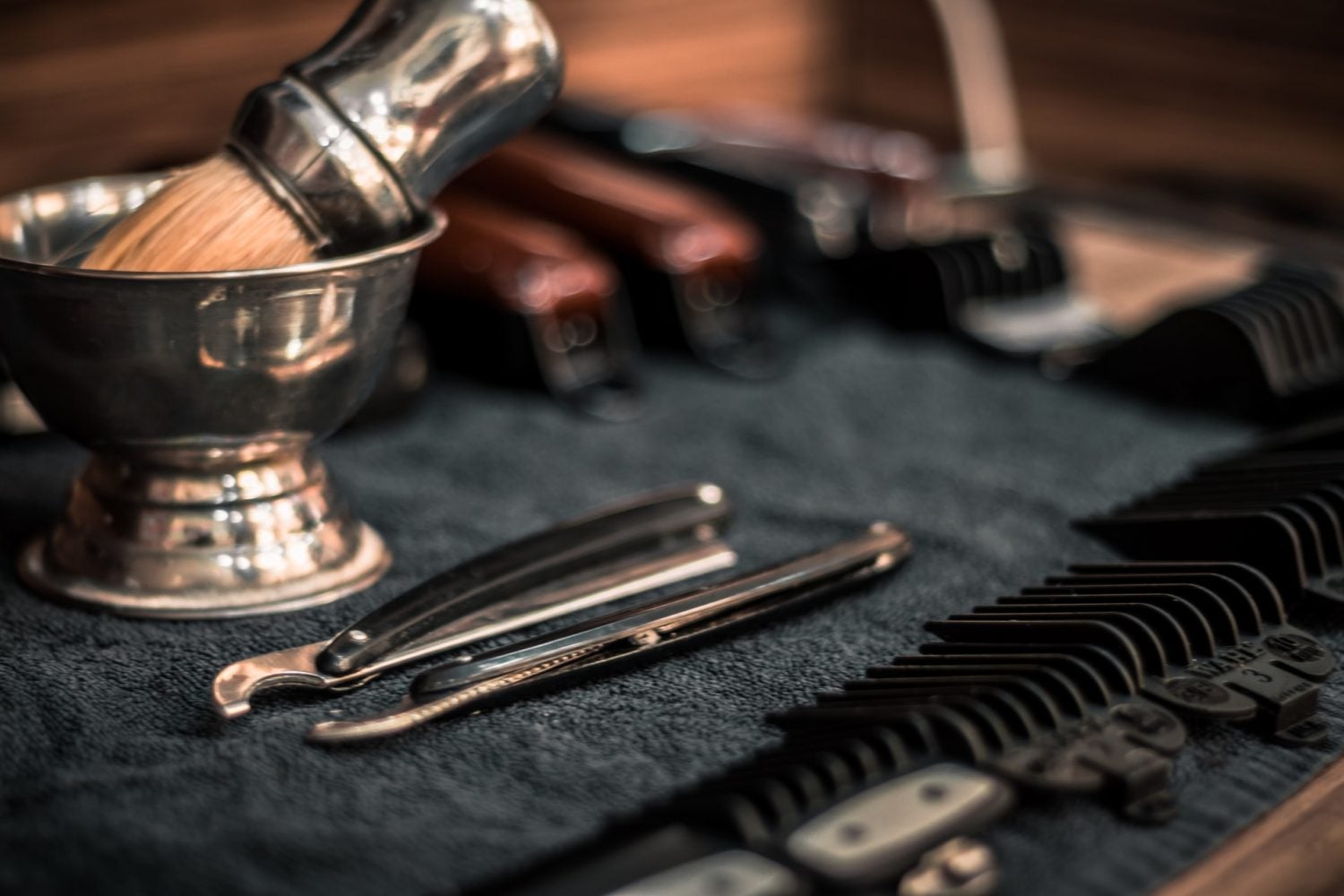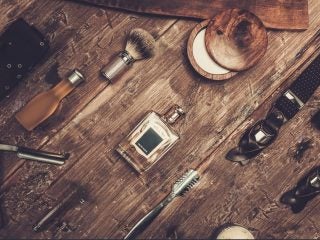There’s a saying that all of us are familiar with, which is “old is gold”. Now there are numerous situations where this doesn’t apply, but when it comes to the discussion about the best shaving instrument, these words do hold true.
Though cartridge razors have been marketed to us as the latest technology, delivering the smoothest shaves, we can collectively say that’s not true. Cartridge razors are not only ineffective when it comes to giving you a clean shave, but they are also irritating for the skin and increase the chances of razor burn, bumps, redness, irritation, and more. For a truly, hi-tech, efficient shave, you need to turn to safety razors.
Yes, you read that right! In this article, we’re telling you all you need to know about safety razors, including how they work, why you should use them, and more.
What Are Safety Razors?
Safety razors, which are also known as double-edged razors, are a type of shaving instrument that consists of a single blade with two edges. The blade is placed in the middle and surrounded by a protective cover that keeps you from injuring yourself.
While the actual concept of the safety razor came into existence in the 18th century, the design was perfected by King Gillette in the 20th century. This was a revolutionary invention, because till then, for a proper shave, people had to visit the barber. Handling shaving implements and tools required a lot of expertise that the average citizen did not have, and only barbers trained in their trade could handle such equipment. However, double-edged razors now allowed people to shave safely and easily in their homes, with little risk for injury. Their popularity remained rampant till the invention of cartridge razors in the 1970s, which were not only cheaper but also called for lesser experience.
Nowadays, while safety razors have the same design, they are made of improved materials and have added features that make them even better in terms of use and durability. For instance, an excellent heavy duty safety razor: Merkur 34C, has that classic and reliable safety razor design, along with a thick grip handle and chrome plating.
Why Should You Use A Safety Razor?
Now, if you’re still contemplating whether you should switch over to safety razors or not, here’s a list that will make the benefits of using a safety razor clearer.
1. They’re Better For Your Skin: Due to the fact that safety razors have only one blade, that runs over a patch of skin once, they’re much better for your skin and lead to lower irritation and lesser razor burn, redness and sensitivity. However, since cartridge razors have multiple blades, you have several blades going over your skin at once, which can be highly irritating for you, especially if you have sensitive skin. On top of that, due to how the blades are placed, dead skin, hair, and product residue remain stuck to the blades, which can further irritate and even infect your skin.
2. They Deliver A Closer Shave: Advertisements for disposable, cartridge razors often depict them as highly advanced tools, with every fancy feature in the world. But it’s time to throw all that out the window because the truth is that they give you an average shave at best. Since cartridge razors have multiple blades embedded in the plastic, they tend to pull the hair out, rather than cleanly shave it off. However, safety razors are much sharper, which allows them to cleanly cut off your hair from the base.
3. They Save Up On Costs: Using safety razors can also help you significantly save up on recurring costs. While cartridge razors are cheap, they are created to be disposable. This means that you have to replace not only the blades but the entire instrument once every couple of months. This length of time can be even lesser, depending on how frequently you shave. But while safety razors have a greater upfront cost, you can easily use them for a year, at least. All you need to change are the blades, which are very cheap and available for cents. If you buy a heavy duty safety razor: Merkur 34C for instance, then you will be able to use it for an even longer time.
4. They Are Environmentally-Safe: Did you know that almost a couple billion disposable razors make their way to landfills and garbage dumps every year? These instruments are largely plastic, which makes them non-biodegradable, and recycling them is also a far cry. However, safety razors are almost exclusively made of biodegradable metals which can be safely recycled as well. These razors also don’t require frequent replacement, which helps reduce waste.
How To Use A Safety Razor?
A lot of people tend to shy away from using a safety razor because they think that using it is hard and a complicated affair, but that’s far from the truth. While it might take some time to get used to safety razors after you’ve been exclusively using cartridge razors, you will manage to get the hang of them within a week or so.
-
When you’re using a safety razor, there are two important things that you must keep in mind: maintaining zero pressure and keeping your blade angles correct. The thing with safety razors is that they have a more “open” design that exposes the blade’s edge entirely, which is why you need to have a feather-light touch when using it. Instead of applying pressure, like you usually would with a cartridge razor, you need to glide it gently over the skin. The blade should be touching your skin at an angle of 30 degrees, and the razor should be at a position that is almost parallel to your skin, rather than perpendicular.
-
Another thing to remember is that you should grip the razor gently, using only the tip of your finger and thumb. Don’t apply pressure and make sure that your strokes and hold are light. Instead of immediately going in with long strokes, keep them short and over-lapping in the beginning as you are getting used to the instrument. Eventually, as you get more attuned to the feel of it, you can make longer strokes. Here, make sure that you are going with the grain of your beard, and not against it. In case you didn’t know, the direction in which your hair grows is the “grain” of your beard and the opposite direction is “against the grain”. Always shave in the direction of hair growth, as going against can increase the possibility of irritation, razor burn, ingrown hair, redness, and sensitivity. It can even make hair growth more irritating, later on.
-
Finally, instead of running the razor over the same patch of skin multiple times to get all the hair off, go by the “pass” system. Basically, to pass means to shave the entire area once, then lather it again, and shave again so that you gradually reduce your hair instead of scraping the razor over the skin continuously. Once you run the razor over a patch of skin, the lather disappears, and shaving over that area again without lather, will irritate your skin. That is why it is better to shave in passes. It is suggested that you do your first pass with the grain, and in the second and third passes, you can go against the grain.


















